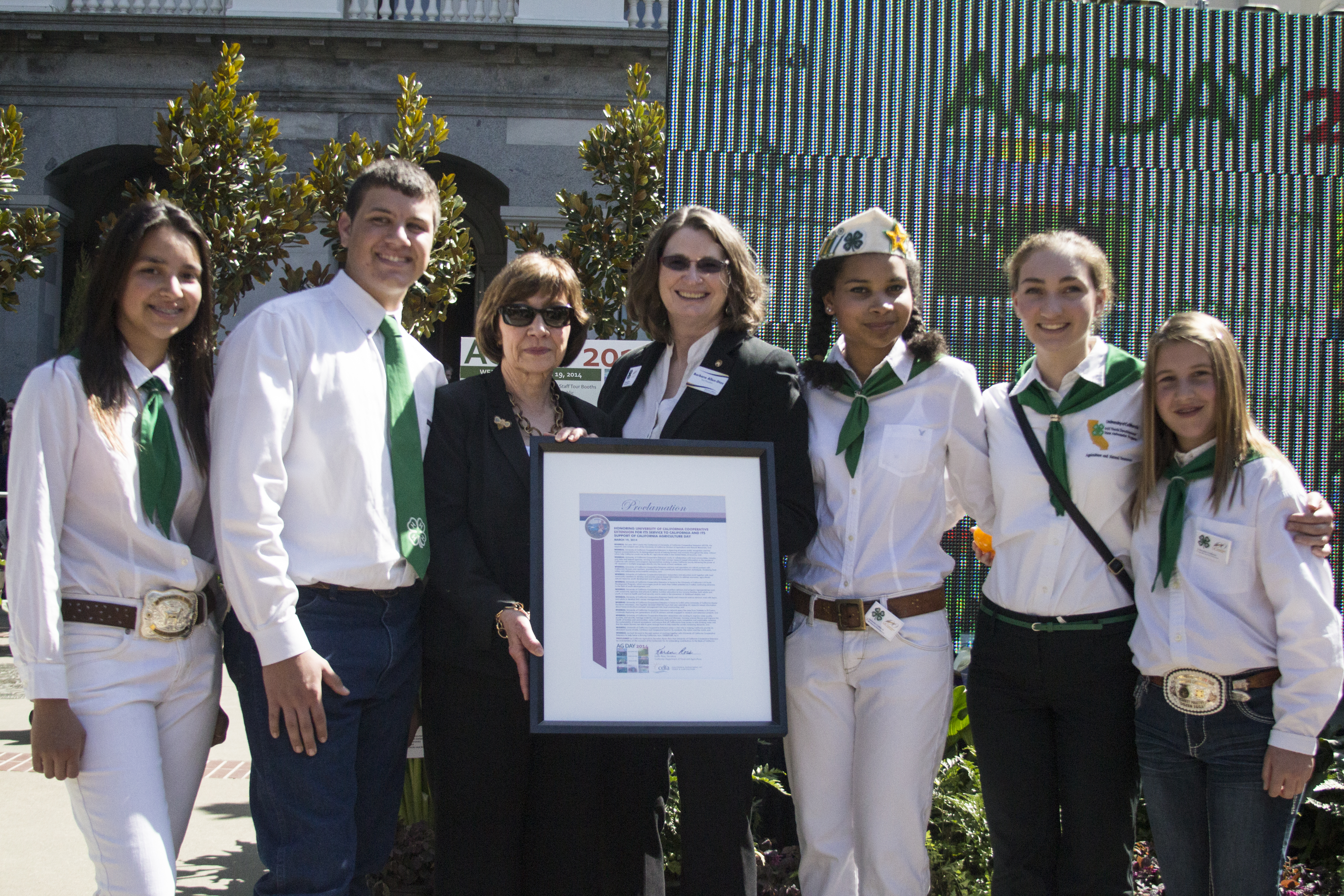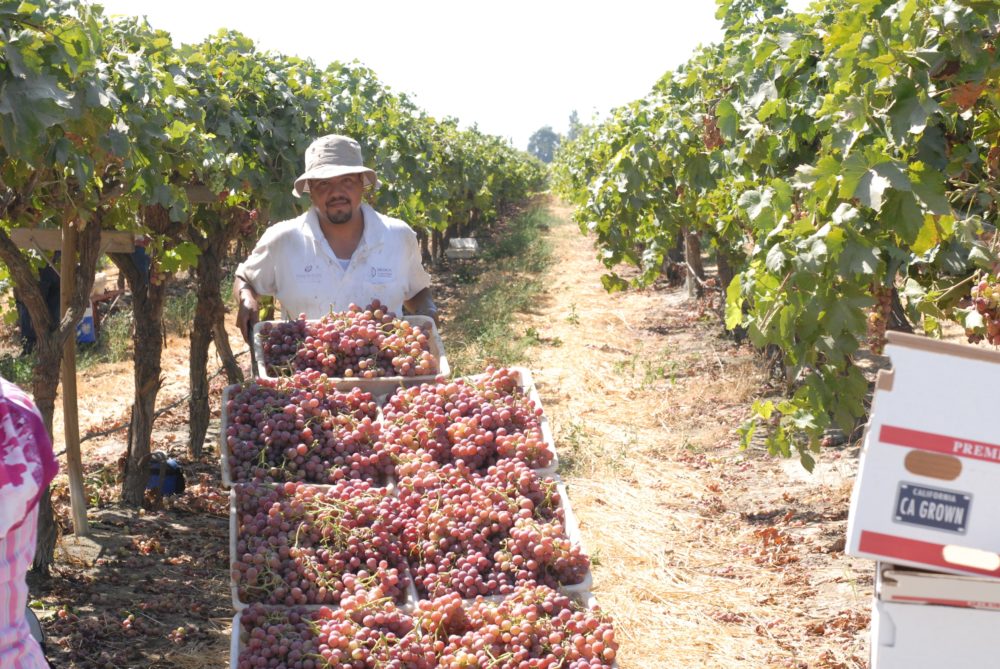Q&A Drought Management For Almonds
Source: David Doll
These questions and answers offer insightful advice for almond farmers coping with the drought.
Q. How should I plan to irrigate my trees?
A. As discussed before, this is dependent upon the amount of water that is available. If you have greater than 80-85% of the water that is typically applied to the orchard, deficits can be targeted (50% reduction in applied water) for the period after kernel fill but before hull split. If less than 80%, the water should be spread out at the relative percentage of water use. For example, if 30% of the seasons water is available, every irrigation would be 30% of normal. Keep in mind that in drought years it is often hotter than in “normal” years.
Q. When should I start irrigating?
A. Typically, irrigations should start when the trees are starting to “work” for water. Using a pressure bomb, this value is around 2 bars more negative than baseline. If baseline is -8, irrigation should begin at -10. If facing a moderate curtailment, it may be best to let the trees stress a little more, perhaps -4 bars more than baseline. If facing a severe curtailment, a scenario in which we know less about, it might be best to hold off longer before applying the water (~6-8 bars more negative than baseline, perhaps?). Basically, the idea is to stress the trees, which then triggers a physiological response which makes the tree more drought resistant (less vegetative growth, fewer stomatal openings/leaf, etc).
Q. What’s an easy way to calculate baseline?
A. To get in the ballpark, baseline can be estimated by taking one tenth of the temperature. If it is 85 degrees, baseline will be -8.5. Since it is measured as pressure applied, it is always read as a negative value. For more specific calculations, which take into account humidity and temperature, please see this UC Davis Baseline website.
Q. How much should I reduce my nitrogen if I am reducing my water?
A. Good question. Nitrogen rates should be reduced. Based upon some speculation from various trial results, our best guess is to reduce nitrogen rates by about 1/2 of the water curtailment. So, if taking a 50% water reduction, nitrogen should be reduced by a minimum of 25%. In-season estimate of crop may also determine that less N is needed. If in a second year of deficit irrigation (i.e. 2nd year of drought), the reduction of nitrogen should match the reduction in water (50% water reduction, 50% nitrogen reduction). Keep in mind that applying too much N will flush growth, increasing vegetation, which will require more water.
Q. I hear and saw stories about people pulling trees…should I?
A. If blocks were planned to be cycled out and removed within the next few years, water from these blocks should be considered to be diverted to other, younger blocks. This will help negate the effects on the developing block. Depending upon where the orchard is located, there may be some crop that is salvageable from the “dry-land” farmed block, but it will be of lower quality.
Q. Are there any other resources to help?
A. Yes – Please see UC Davis’s Drought Management Website for more drought management in multiple crops. To gain a little more help in scheduling irrigation, check out Fresno State’s Water Right Website. Farm Advisor Blake Sanden also has some good information at his Kern County Web Page. Also, feel free to contact your local farm advisor.




















